
surfresearch.com.au
the catalogue #89
the catalogue #89
| home | catalogue | history | references | appendix |
 |
surfresearch.com.au
the catalogue #89 |
| 1978 Windsurfer 11 ft 2'' |
#89
|

|
Length :
|
|
ft |
2
|
inches | L2: | |
|
Width :
|
25 1/2
|
inches |
Wide Point :
|
+ve 12
|
inches | |
|
Nose :
|
16 1/2
|
inches |
Tail :
|
18
|
inches | |
|
Thickness :
|
4 1/2
|
inches |
Pod :
|
9 1/2
|
inches | |
|
Nose Lift :
|
inches |
Tail Lift :
|
inches | |||
|
Weight :
|
kilos |
Volume :
|
litres | |||
|
Other :
|
inches |
| FIN
8" x 5 1/2" molded black plastic Wedged base with two stainless screws, based on Waveset design. See below for centreboards. For second generation Windsurfer fin, see below. |
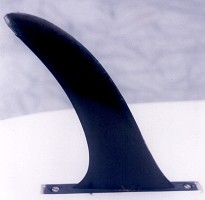 |
| DECALS
Deck Adhesive decal on tail :Windsurfer Bottom MARKINGS Deck: None Bottom: COLOUR Deck: White Bottom: White |
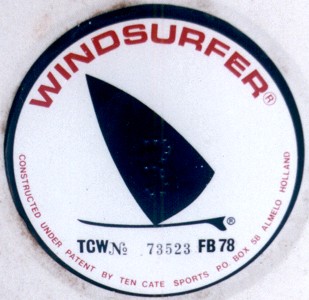 |
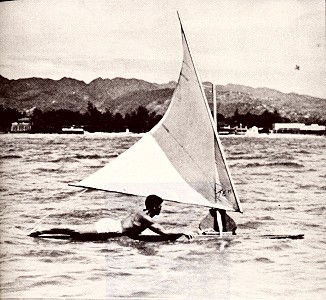 |
Hawaii circa 1935 Blake : Hawaiian Surfriders 1935, Photograph Section 1 Plans and photographs were
subsequently printed in |

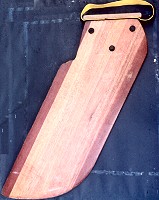 Windsurfer Standard Centreboard |
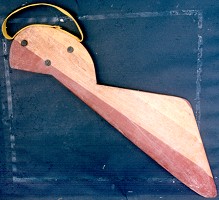 Wave/High wind Centreboard |
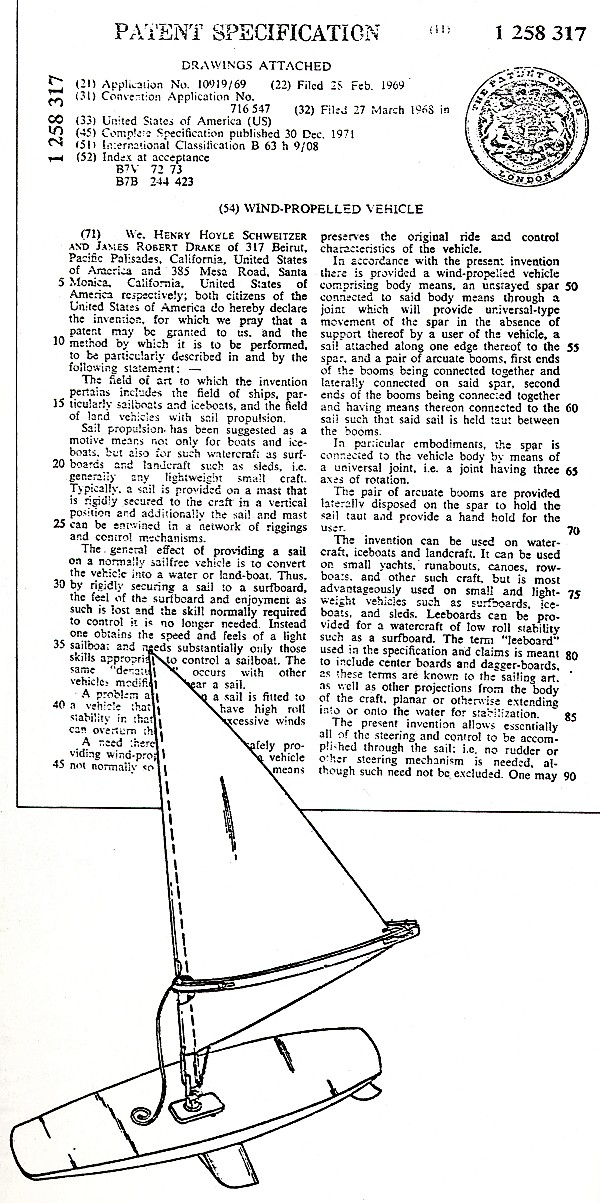

| home | catalogue | history | references | appendix |